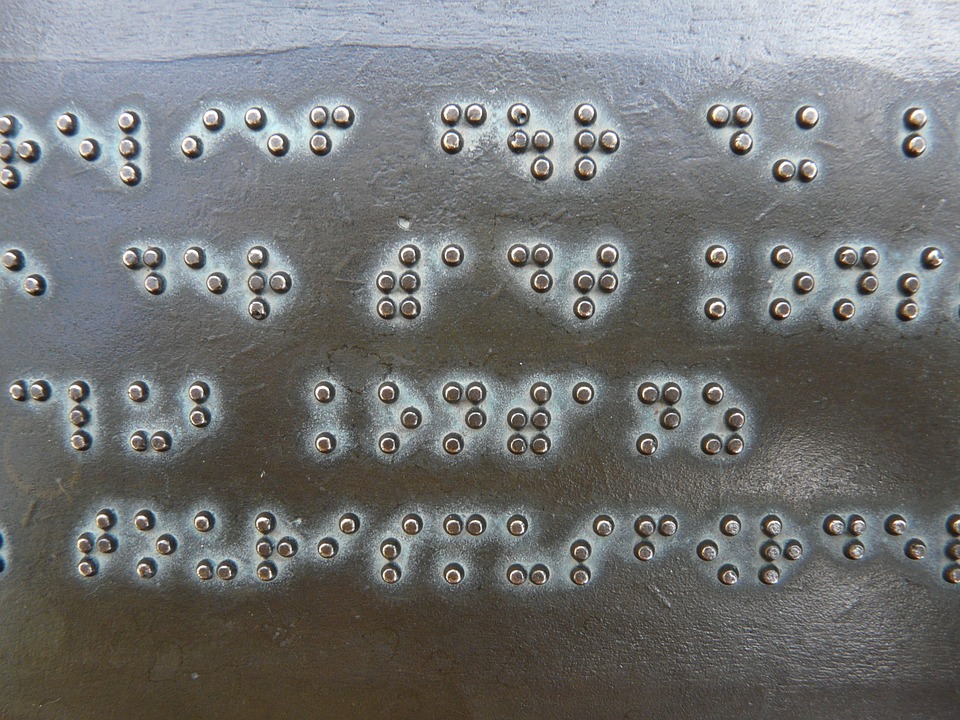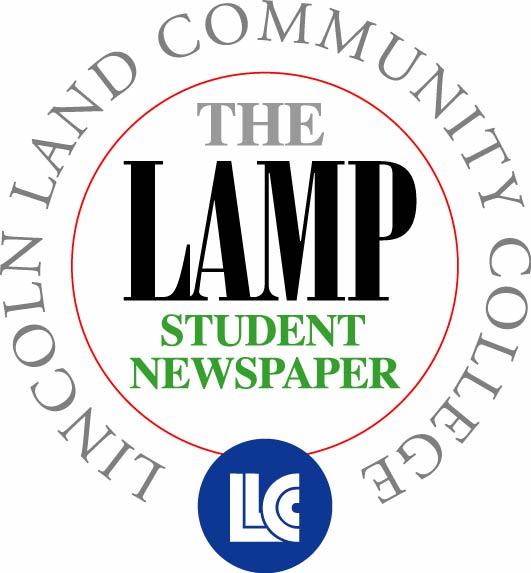By Dalen Lewin
Lamp staff
SPRINGFIELD – The way the blind have been able to read has changed tremendously in the past few hundred years.
The slate and stylus was the first device that the blind could use to write in braille with. It was also portable and easy to use. All one would have to do was poke the respective dots in the hole to put the braille dots onto the paper.
In contrast, the traditional brailler was not portable at all; not to mention bulky. However, it was easier to write with it. You could press more than one dot at a time because it used keys, similar to a printing press, but with braille.
The embosser came after that. All one would have to do is hook it up to a computer, send a document to it, and it would emboss it automatically. It’s the printer version of a brailler, however, it has the same weaknesses as a printer. The paper would often jam and the machine would malfunction. Sometimes, it would braille in the wrong format for no reason, often making your paper look as if it was brailled by somebody who was just learning braille.
However, when it works, it does a quick job of turning your print document into a braille one in no time.
Then came the lighter version of the brailler. Unlike the first brailler, it was not durable in the slightest, often breaking down, the return mechanism would get stuck almost all the time, and since the return mechanism was also the erasing mechanism, the work you just did on that line would get erased just trying to unjam it.
After that came the braille note. This gives the blind user the best of both worlds, portability and quick and easy braille. It doesn’t even need paper. All you need to do is braille something and it shows up on the screen to read with your fingertips. It even talks.
The Braillenote Touch is even better. It is like an iPad, only you can use your fingers as you would on a brailler and it takes you to the menu you brailled out. You can also use it as a regular iPad. However, there is also the option of audio.
You had the cassette, the C.D., and now, screen readers. They can read text on your computer screen. Technology sure has given the blind a multitude of options of doing and reading work, but as in all generations, some believe the old school way is the best.
The reason for this old-fashioned preference is because technology is often less durable and can only work if the Internet works or if the power is on.
“When it works, it is very helpful,” said user Dawn Chambers.
“Unless you fall asleep at the braille-writer, it isn’t going to stop working,” Vicky Mullis said.
Mullis said she loves both old and new technology.
“They all have merit, but it depends on what you are good at,” Mullis said.
But technology has also seen the need for braille decrease among the blind with the invention of the audiobook.
“I think audio has a lot of merit and works really well, but I also don’t believe it works well for everybody,” Mullis said. “Some people are very visual, whether you’re visually impaired and blind or not, it doesn’t matter. You need to see those words.”
I completely understand where she is coming from. I am that way. With audio, I can listen to the book. However, braille, I am immersed in the book. I can imagine everything as I am reading the book. I take in the words as I move my fingers across the page. With audio, I can get more easily distracted and lose my focus and not realize what the reader has said. Then, I have to rewind it back to where I last remember.
With braille, when I lose my focus, I stop reading. All I have to do is go up a few lines and I will remember where I was. That is much easier. With audio, the book is portable and does not take as long to read. With braille, if the book is long, it can be up to ten braille books I have to lug around everywhere I go. When it comes down to it, I prefer audio for college and braille for pleasure.
The old school devices “still have their place, but in terms of employment, we should use the technology. It makes people more employable,” said Cindy Miller
Mullis said technology “has opened doors for the blind to make life easier to live.”
That could not have been truer. It has given blind people limitless potential. It has opened a door to wonders than one could possibly imagine.
Dalen Lewin can be reached at [email protected].





